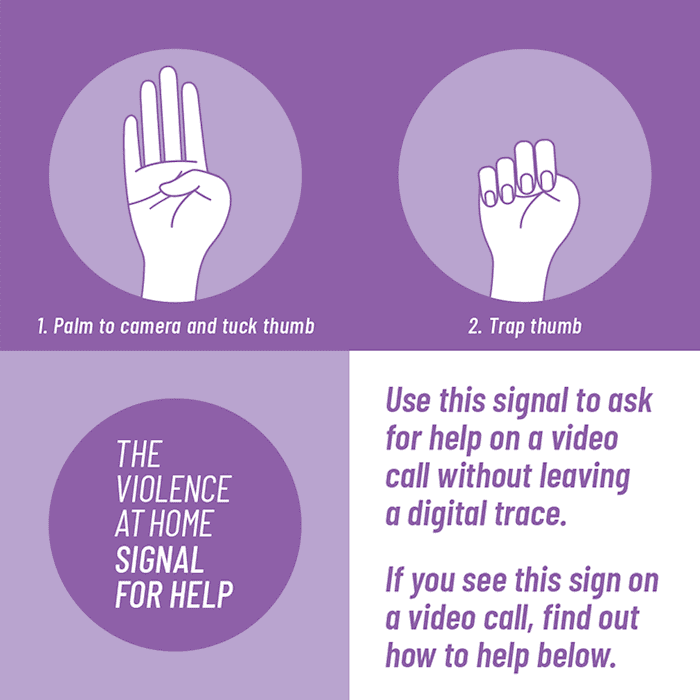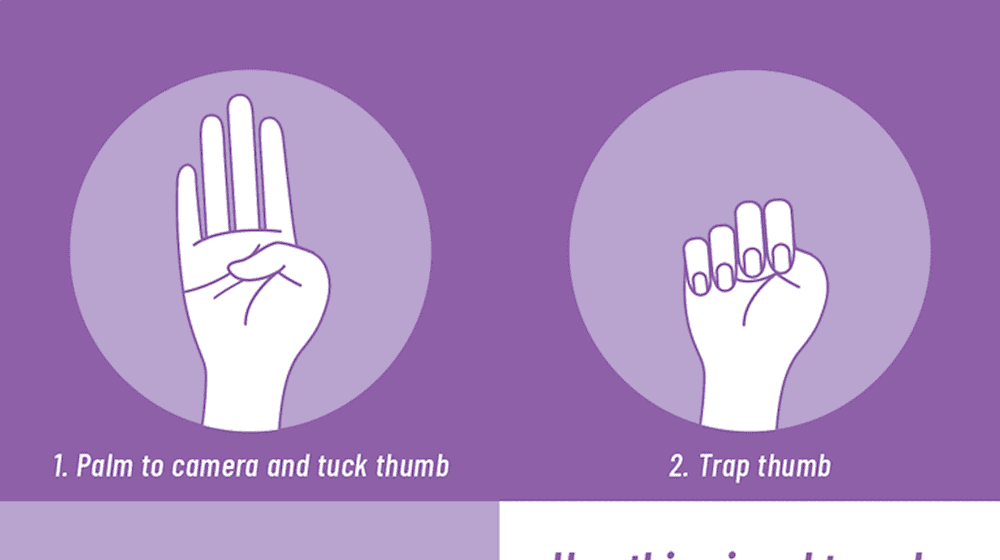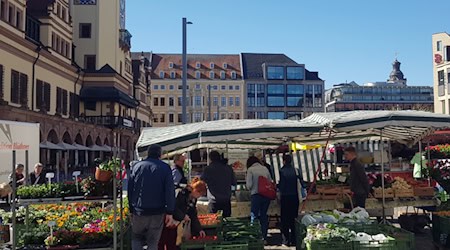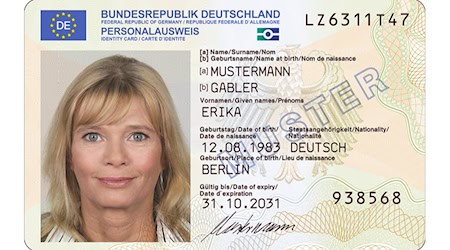The signal for help consists of a simple hand movement: The person raises their hand with the palm open and the thumb pointing inwards. They then close their fingers over their thumb to form a fist. This movement discreetly signals that the person needs help.

Photo: Signal for Domestic Violence / Source: https://www.worldbank.org/en/work-with-us/hsd/home/signal_for_help
How to perform:
- Raise your hand with your palm open and your thumb pointing inwards.
- Close the fingers over the thumb to form a fist.
The video on YouTube at this link shows the signal in action and illustrates how to perform it correctly.
Relevant examples and statistics
The introduction of the signal was initiated by the Canadian Women's Foundation and quickly gained international recognition. Since then, numerous organizations and activists have integrated the signal into their campaigns against domestic violence.
According to a study by the World Bank, domestic violence increased by up to 30% in many countries during the pandemic. In such a context, the signal offers a vital way to draw attention to the need for help.
Practical tips for use and support
For those affected: Learn the signal and use it in situations where you are not sure whether you can call for help out loud. Make sure that people around you are aware of the signal so that they can recognize it and react accordingly.
For relatives and friends: Pay attention to the signal and take it seriously. If you recognize the signal, act discreetly and safely. Contact the police or a local aid organization for professional support.
For companies and organizations: Train your staff to recognize the signal. Spread information about it in your community to raise awareness and offer potential victims an additional option for help.
Conclusion
The domestic violence help signal is an important tool in the fight against domestic violence. It offers victims a discreet way to communicate their situation and get help without alerting the perpetrator. By spreading the word and recognizing the signal, we can all make a contribution to combating domestic violence and offering support to those affected.
For more information and an illustrative example, see the YouTube video. Find out more about the initiative and how you can help on the website of the World Bank.










